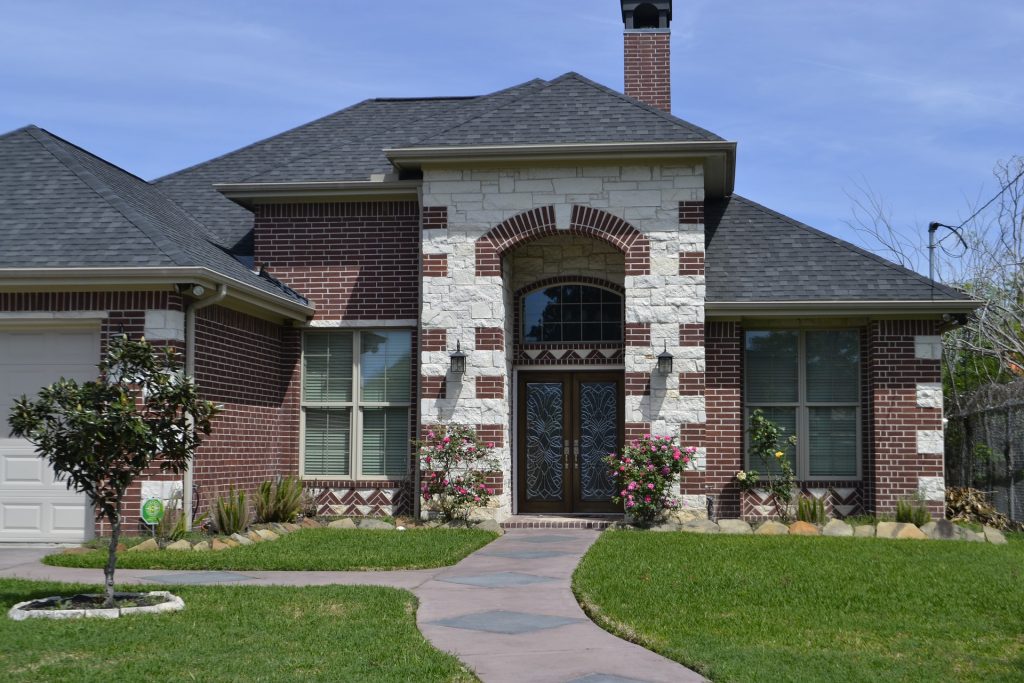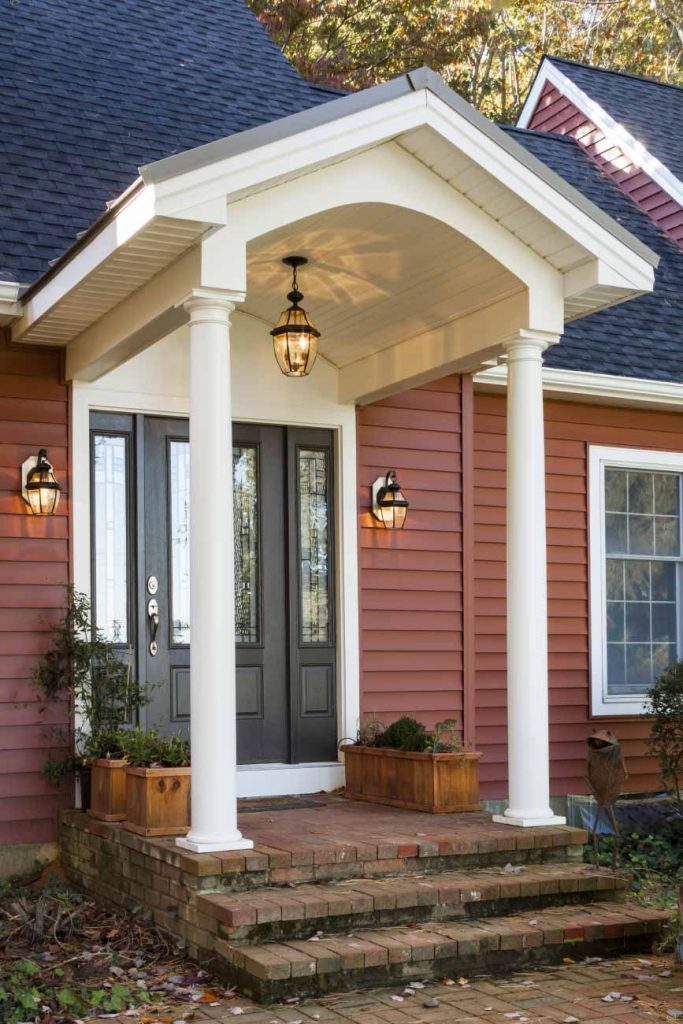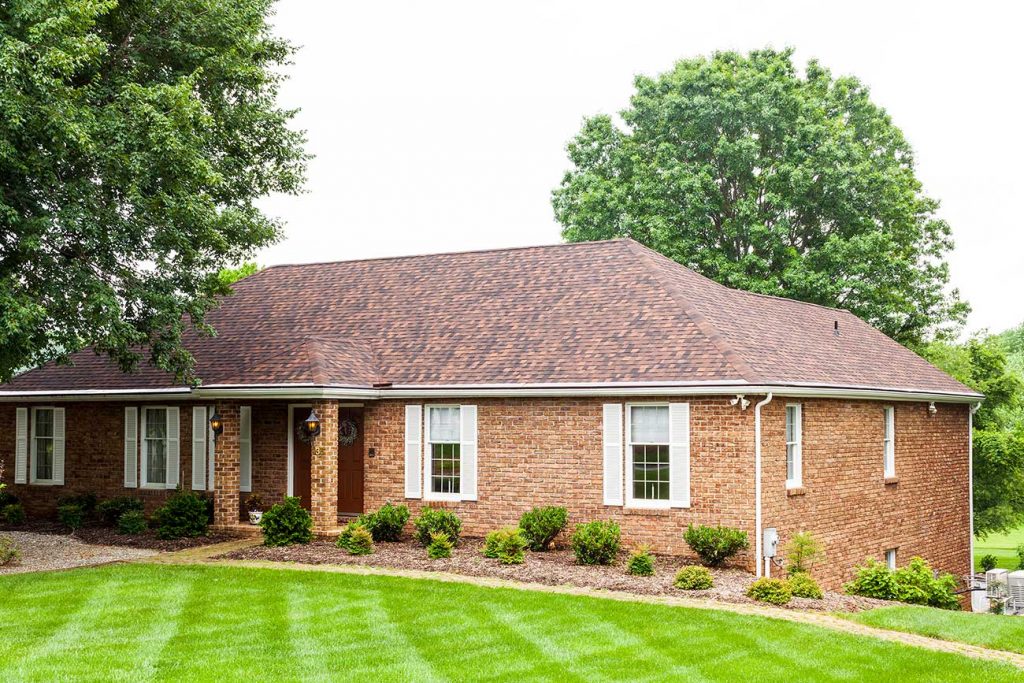
In our last blog, we discussed how to boost your curb appeal by improving the entryway of your home. Another important part of curb appeal is the exterior siding material chosen for the home. If you’re thinking of undertaking an exterior remodel, new siding is a great way to give your home a face lift and an entirely new look.
It’s also practical – according to the annual Cost vs. Value report from Remodeling magazine, exterior siding replacement delivers one of the best returns for your remodeling dollar at resale.
The best siding option for your home will depend on the style of the house, what fits into the neighborhood and your budget. T.W. Ellis has decades of experience remodeling in the Forest Hill and Bel Air area and can help you make the right choice for your situation, but these are some of the general pros and cons of the most popular siding options.
Vinyl

The most common siding material, vinyl is found on most new construction homes. It offers low maintenance, requires no painting, lasts a long time and is available in a number of colors and textures.
It comes at a relatively low material cost and is fairly easy to install, keeping labor costs down as well.
Vinyl does require occasional cleaning, and should be power washed every few years, perhaps more often if a lighter color. Although the quality of vinyl siding continues to improve, some people just don’t like the look. Seams are visible as well for most installations. Some vinyl products are also susceptible to cracking or other damage from debris, lawnmowers, etc.
Fiber cement
Fiber cement siding is a combination of wood pulp, cement, sand and clay. It is crafted to look like wood and handles and installs similar to wood products. It can be ordered pre-painted, or can easily be painted on site or in custom colors.
Fiber cement is very durable and resists contraction and expansion. Resistant to moisture, rot and fire.
The material is very heavy, though, making it more difficult to install and carry. It requires special tools and training for installation. Fiber cement needs to be repainted over time. While requiring less maintenance than wood, it is not as low-maintenance as vinyl.
Wood
Wood provides a natural, rustic look for a home. With countless species available, the look can be customized, with wood being easy to work with and easy to paint and stain.
The downside of wood is that it requires a large amount of maintenance to ensure its longevity. When properly cared for it can last for decades. Installation costs can be high, depending on the species.
Engineered wood
Engineered wood is a nice compromise between traditional wood and other materials. Made of wood fibers and resins, it is durable, paintable and available in a number of styles. It’s easy to work with and less expensive than real wood siding.
Early versions of engineered wood siding were susceptible to moisture problems, but newer ones don’t seem to have that problem.
Stucco
Stucco is durable. It can offer a distinctive look and is available in a variety of colors. It is low maintenance and resistant to insects and fire. Stucco is difficult to install and requires a lot of prep work and training to properly apply.
Synthetic Stone
Molded from a mixture of cement, sand and aggregate, synthetic stone offers the look of stone at a significantly lower price and weight. Usually used as an accent rather than a full siding, synthetic stone is insect and moisture resistant.
While less expensive than real stone, it does cost more than most other siding materials. Some don’t like the look of it when compared to real stone.
Brick
Brick is a popular option, most often as an accent piece. Most brick siding is only a veneer rather than full bricks, but it still one of the most expensive options for siding. It can also be difficult to install.
On the other hand, it is strong, durable and resistant to insects, moisture and other issues. Some insurers also offer reduced rates for brick homes because of their fire resistance.
Does your curb appeal need a boost? Contact T.W. Ellis today to talk about all your exterior options!

